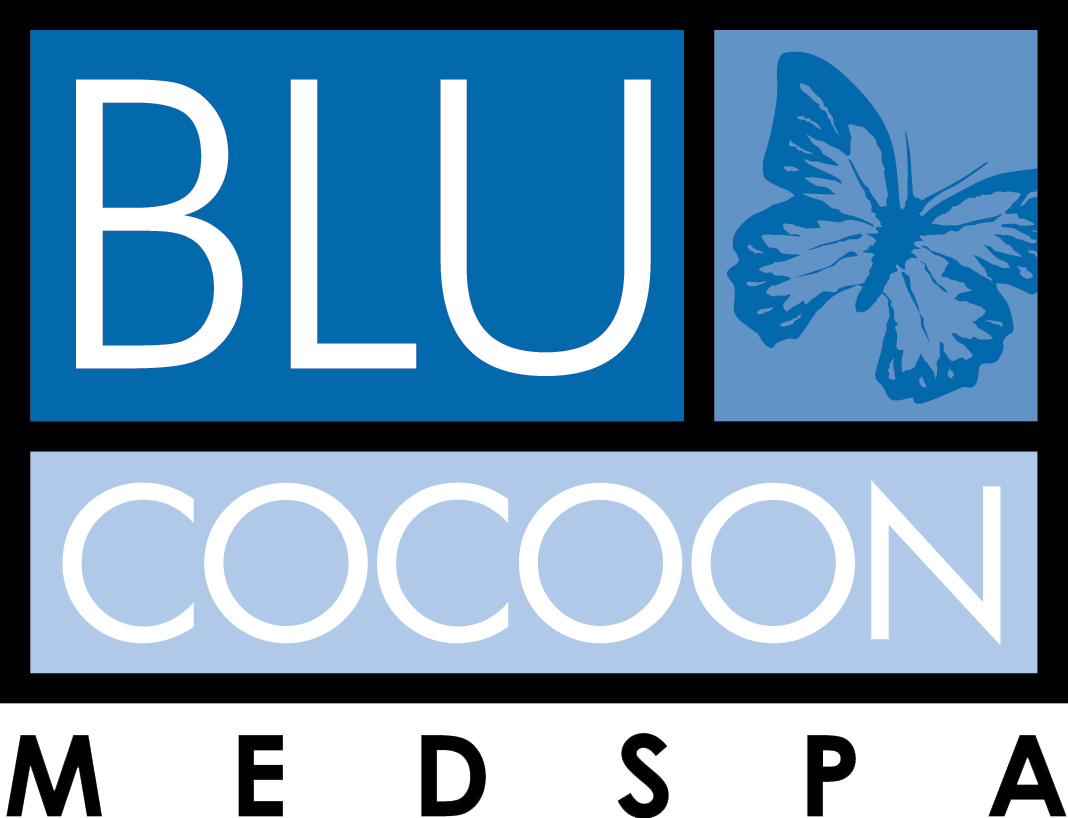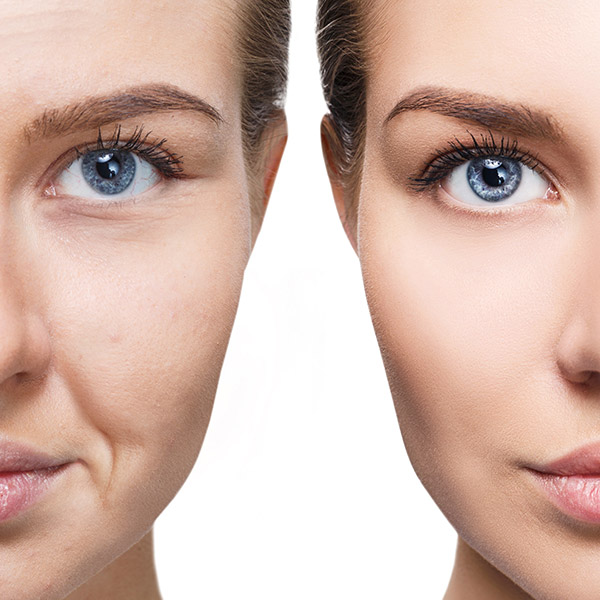
Platelet-Rich Fibrin
Regain your confidence
What is Platelet-Rich Fibrin?
Platelet-Rich Fibrin Hair Restoration uses platelets and white blood cells from your own blood to stimulate cell repair and growth on your scalp.
First, a blood sample is taken from the patient’s body. A device called a centrifuge spins the blood to separate the platelets from the rest of the blood.
The blood is spun at a low speed, so it doesn’t separate the blood cells completely. This allows some of the white blood cells, stem cell, and fibrin to remain in the platelet-rich layer. This becomes the PRF solution.
The PRF solution is injected into the scalp, focusing on the area where baldness appears or hair follicles are thinner. The whole process of injecting the solution takes about 30 minutes in total.
This whole process might sound a little scary, but it’s very similar to getting a blood test and a flu shot at a doctor’s office.
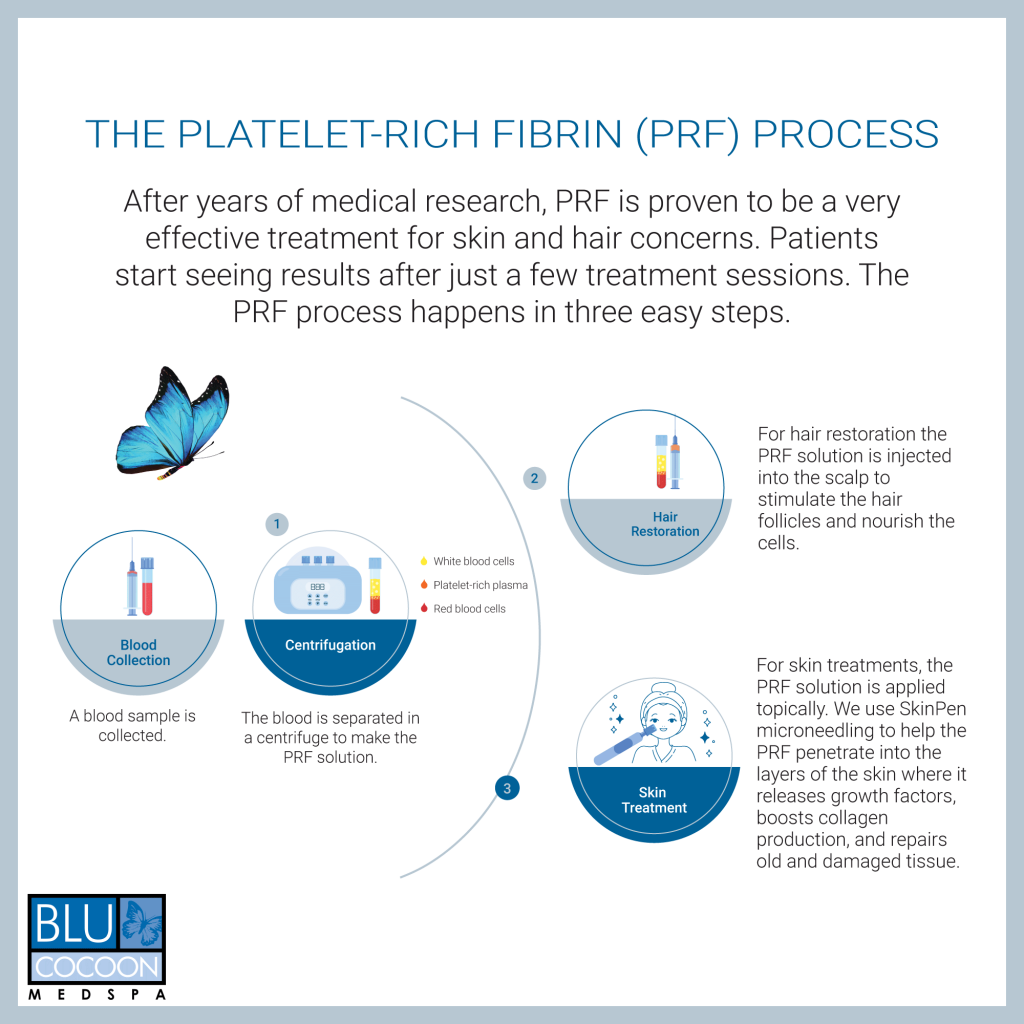
PRF For Skin
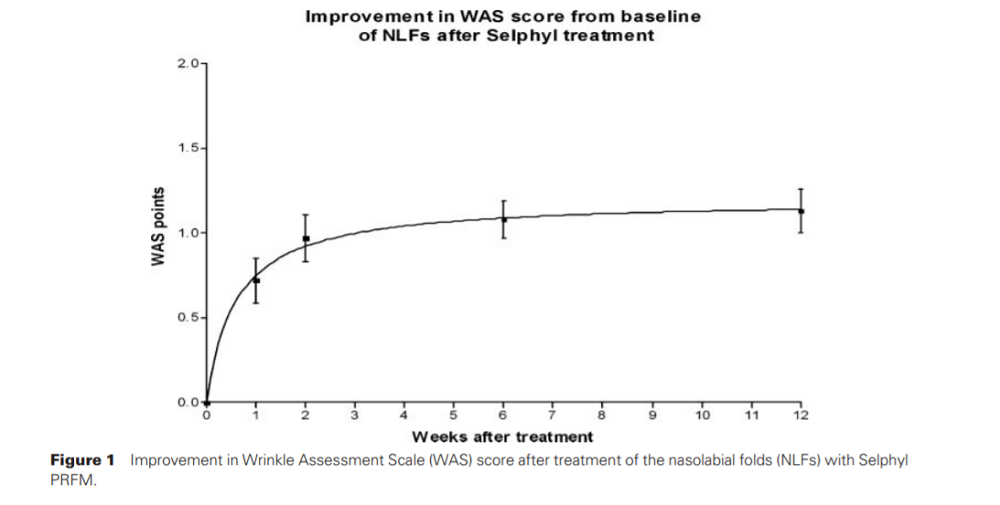
Unlike topical anti-aging creams, PRF boosts collagen production and strengthens skin cells. Platelet-rich Fibrin is used to increase the volume of soft tissues present in the skin by increasing collagen and elastin production. This slows down the appearance of aging and helps bring tired-looking skin back to life.PRF can help our skin retain its youthful appearance.
PRF For Hair Loss
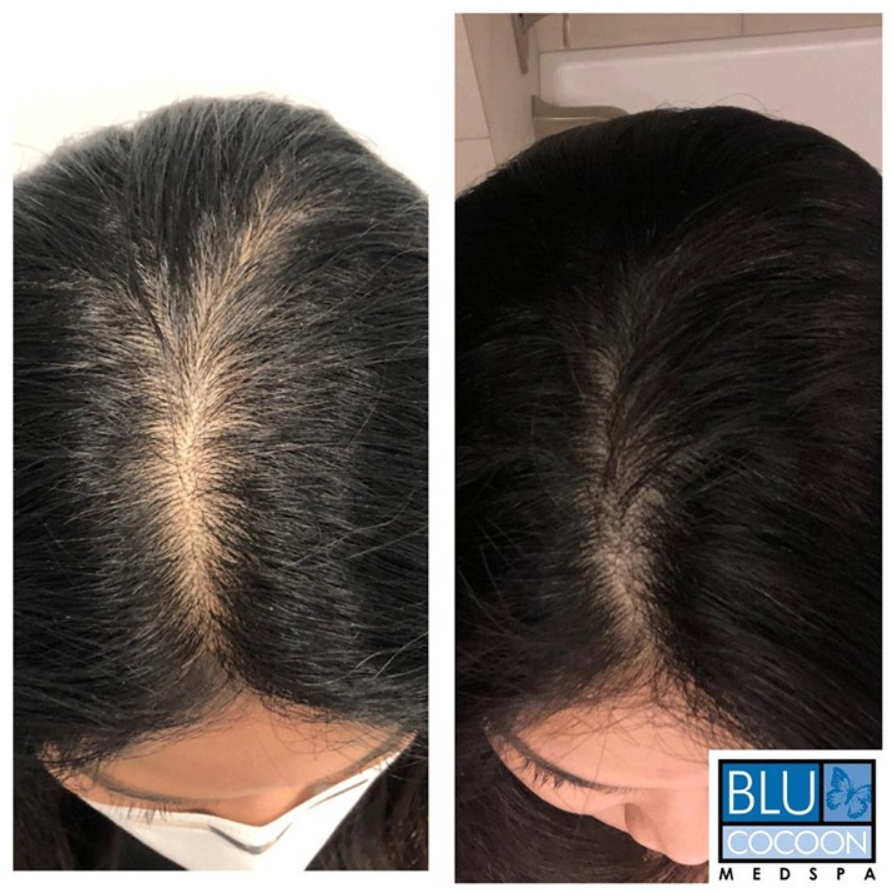

Patient's Story
"My before photo was March 2020 and the after photo is 11/25/20. I’ve had Botox done 3 times so far and my deep 11 line is gone!!! That was my worst wrinkle and the doctor said Botox would fix me. I thought I was going to need filler for it. Very happy I look less angry lol!"
Real Platelet-Rich Fibrin Patient
Frequently Asked Questions
Pros
- If you’re tired of ongoing plucking, shaving, or waxing, laser hair removal could help simplify your life and decrease ingrown hairs.
- The laser precisely targets and removes hair, while leaving the skin undamaged.
Cons
- Your initial cycle of treatments will take at least six months to complete, and possibly longer—so you’ll need to start well in advance of any major beach plans.
- The hair removal isn’t technically permanent: think of it as permanent hair reduction, not removal.
- While there are options for people with deep skin tones, laser hair removal works best for people with fair skin and dark hair.
- Not all of the hair on your body will respond in the same way. Doctors say coarse, fast-growing hair on the face, underarms, and bikini area usually responds best.
- The process can be uncomfortable, depending on your threshold for pain. Some say it feels like a snapping rubber band, while others report heat and a burning sensation.
- Sun exposure can increase skin irritation in the days following a treatment, so limit time in direct sun for the treated areas.
This treatment works best for people with light skin and dark hair, since the contrast makes it easier for the laser to target the pigment in the hair follicle. You won’t see good results if you have light hair (blonde, red, or gray) on fair skin.
People with medium-brown skin (Fitzpatrick skin type IV) may have the lowest risk of hyperpigmentation with a Nd:YAG laser, which absorbs the least melanin.
Laser hair removal is safe, with the caveat that you shouldn’t let just anyone perform laser hair removal. There are real risks when this treatment is done by an untrained or nonmedical technician, or administered on the wrong settings.
Don’t laser over a tattoo. You do run the risk of tattoo damage if you’re removing hair in a tattooed area. Lasers can be attracted to the pigment and potentially reduce the color in your tattoo.
To avoid these potential side effects, have your doctor perform a patch test before embarking on your laser hair removal series. This should be free, and it’s used to best determine which laser is fit for your skin. When you have your treatments, make sure the doctor is on-site or in the room to oversee any nurse or an assistant’s technique.
Most dermatologists and medical professionals advise that you stop waxing, tweezing, or plucking hair you want to remove for two to six weeks before your appointment, though shaving is fine.
Your body or facial hair should be in the anagen phase of growth, the phase where the hair is actively growing so the laser can effectively target the melanin in the hair bulb. Because of this, your sessions will be spaced at different intervals to catch just the right phase of growth.
Within 24 hours of your appointment, shave the area that’s being lasered using a clean, new blade. This helps the laser light locate your hair follicles. Stubble, on the other hand, can damage the laser and increase the chance of burning your skin, so timing is key.
You should also avoid UV exposure during the month before your treatment, including that from tanning beds and self-tanning lotions.
Laser hair removal can be uncomfortable for some people, but it shouldn’t be painful. Avoid caffeine the day of your treatment if you’re prone to nervousness, and reschedule if you’re feeling sick, which can make you more sensitive to pain. While you can request numbing cream, some doctors won’t use it because the feeling of pain could be important feedback to the technician to turn down the laser.
Each treatment may take up to an hour, depending on the size of the area being treated. Smaller areas like the upper lip, ears, chin can be treated in less than a minute, while large areas like the back or legs can take up to an hour.
First, your provider will determine what kind of laser is best for your skin and hair, as well as your goals. Tell them about any medications you’re taking, as well as any medical conditions.
The laser equipment will be adjusted to your skin color and hair thickness.
You’ll need to put on special eye protection so the laser light doesn’t damage your eyes. Your doctor may also use a cold gel or cooling device to protect your skin and help the laser to penetrate.
Then you’ll undergo a test pulse of light to the treatment area, and your physician will check the area over several minutes to see if you have any adverse reactions.
During the treatment, the laser emits a concentrated beam of light to damage the hair follicle and prevent regrowth. While your provider methodically treats one small area at a time, you may feel mild discomfort, like a warm pinprick or snap, as the laser passes over your skin.
When the procedure is done, you may be given ice packs and anti-inflammatory creams to help keep swelling down and soothe any irritation.
For a day or two afterward, the treated area of your skin may look and feel like it’s sunburned, so you might need to use cool compresses or a gentle moisturizer. If your face was treated, you can safely wear makeup the next day unless your skin feels irritated.
Take these tips for a smoother recovery:
- Avoid sun exposure. Any time you anticipate being out in the sun, apply sunscreen with a minimum SPF 30.
- Shave to remove any hair between laser sessions, but refrain from threading, waxing, and tweezing. If you’ve decided not to continue with your laser hair removal for the time being, then you can go ahead and use any method to remove hair in the interim.
- For the first few days, avoid perfumes, deodorant (if you’ve lasered your underarms) and hot showers or saunas. Take a lukewarm shower instead.
- It’s common to experience some swelling, itching, and redness after laser hair removal due to irritation of the hair follicles. You may try taking an antihistamine and applying hydrocortisone a few times a day to relieve redness and itching
- Wait for 24 hours after laser hair removal in the bikini area for the swelling to go down before you have sex.
Most people see a significant reduction in hair after eight treatment sessions. You can expect about 70% hair reduction once you complete a series of treatments (usually six to eight). Follow up visits may be needed to treat regrowth and to maintain the results.
With each treatment, the actively growing hair follicle is destroyed. Less blood flows to the follicle, and the hair that does grow back will gradually become weaker and thinner.
While your hair won’t always fall out immediately, it will eventually get there. Some hairs are ejected as soon as they’re lasered, while others can continue to grow and fall out over time.
Laser hair removal will permanently reduce hair growth, but it doesn’t permanently remove it in all cases. Any hair the laser can’t destroy can be removed through electrolysis.
